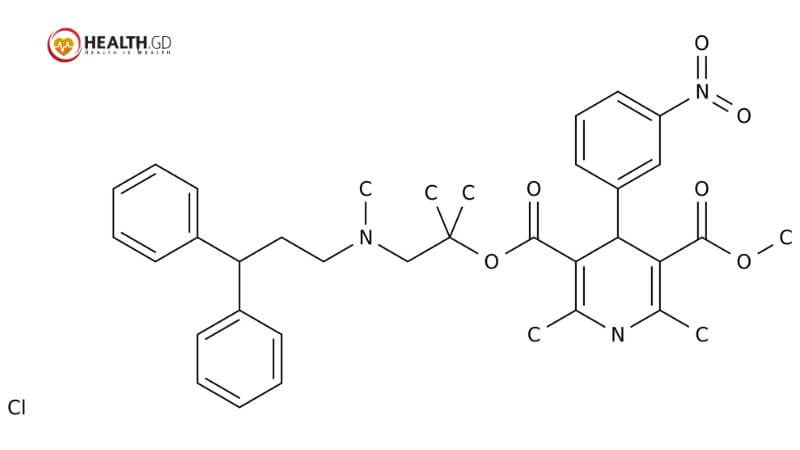Vertex, a global company that invests in scientific innovation to develop transformative medicines for serious diseases, conducted the VX-548 clinical trial. The company has approved drugs to treat the causes of cystic fibrosis, sickle cell disease, and transfusion-dependent beta-thalassemia, which shorten lives and advance these diseases’ clinical and research programmes.
Vertex is working on a lot of new medicines to treat other serious illnesses that it knows a lot about biologically, like APOL1-mediated kidney disease, acute and neuropathic pain, type 1 diabetes, and alpha-1 antitrypsin deficiency. Formed in 1989, Vertex has a global headquarters in Boston and an international headquarters in London. In addition, the company has R&D and commercial offices in North America, Europe, Australia, and Latin America. The single-arm study found VX-548 effective for up to 14 days in a variety of surgical and non-surgical pain conditions.
The VX-548 Clinical Trials Are Safe and Well-tolerated

People with painful diabetic peripheral neuropathy took part in a Phase 2 dose-ranging clinical trial of VX-548, a selective NaV1.8 inhibitor. The results were positive, according to Vertex Pharmaceuticals Incorporated. All doses of VX-548 lowered the main outcome measure of change from baseline in the weekly average of daily pain intensity on a Numeric Pain Rating Scale (NPRS) in Week 12.
This was both statistically significant and clinically meaningful. To assess the VX-548 treatment effect, the study included a pregabalin-active reference arm. The study found VX-548 to be well-tolerated at all doses. VX-548 caused no serious adverse events (SAEs), and most AEs were mild to moderate.
VX-548 Phase 2 Diabetic Peripheral Neuropathy Study
Pain patients have a major unmet need for peripheral neuropathic pain (PNP). Chronic conditions like painful diabetic peripheral neuropathy (DPN), LSR, small fibre neuropathy, and trigeminal neuralgia make up PNP. Painful DPN and LSR are two of the largest groups of the estimated 10 million Americans prescribed peripheral neuropathic pain medications annually.
A randomised, double-blind, active-controlled, dose-ranging Phase 2 study examined VX-548’s efficacy and safety in diabetic peripheral neuropathy patients aged 18–80. The study included 192 diabetic peripheral neuropathy patients with bilateral lower extremity pain for at least one year. There were four treatment arms: VX-548 once daily of 69 mg (high dose), 46 mg (mid dose), or 23 mg (low dose), or pregabalin 100 mg three times a day. The Week 12 trend in weekly average daily pain intensity on a Numeric Pain Rating Scale (NPRS) was the study’s primary endpoint.
About VX-548

The investigational oral NaV1.8 inhibitor VX-548 is highly selective for NaV1.8 over other NaV channels. Peripheral nervous system pain signalling relies on the voltage-gated sodium channel NaV1.8. Also, research has shown that NaV1.8 is a genetically valid pain target, and Vertex has shown that VX-548 is safe and effective in clinical trials for acute pain after surgeries like abdominoplasty and bunionectomy. Vertex uses small molecules to selectively inhibit NaV1.8 to create a new class of painkillers without opioids’ addictive potential. Vertex’s NaV1.8 inhibitor, VX-548, is one of the newest to enter clinical development.
Expert’s Opinion of the VX-548 Clinical Trial
VX-548’s safety and efficacy data and validate NaV1.8 inhibitors’ analgesic effects, said Carmen Bozic, M.D., Executive Vice President of Global Medicines Development and Medical Affairs and Vertex’s Chief Medical Officer. Given VX-548’s favourable benefit/risk profile in this study, we are urgently advancing this investigation of non-opioid pain medicine into Phase 3 in painful diabetic neuropathy to change the standard of care for neuropathic pain, which has few treatment options. We also expect the VX-548 Phase 3 acute pain studies to finish in the first quarter of 2024.
Roy Freeman, M.D., Professor of Neurology, Director of the Centre for Autonomic and Peripheral Nerve Disorders, Beth Israel Deaconess Medical Centre, and a member of Vertex’s Pain Steering Committee, said, “I am excited by the VX-548 Phase 2 DPN study results, which demonstrate a promising safety and efficacy profile and represent a significant milestone in pain management. Based on Phase 2 results, VX-548 may offer a new class of medicine for millions of neuropathic pain patients seeking new options.
Global Data owns Clinical Trials Arena.
The high, mid, and low doses of VX-548 all reduced pain from the start, with mean NPRS changes of -2.26, -2.11, and -2.18 at week 12. These changes were statistically significant and clinically meaningful. Pain decreased in all VX-548 dose groups from week one to week five.
This continued throughout the study. In the responder analysis, over 30% of VX-548 patients achieved a 50% reduction in all dose groups, and over 20% of mid- and high-dose patients achieved. The NPRS weekly average dropped 70% at week 12. 22% of pregabalin reference arm patients achieved a 50% reduction, or 10% success. The NPRS weekly average dropped 70% at week 12.
Most patients experienced mild or moderate AEs, and VX-548 was well tolerated. Creatinine clearance decrease, dizziness, peripheral oedema, and weight gain were the most common AEs. Most importantly, three Phase III studies showed significant surgical and non-surgical pain reductions with VX-548. Two of these late-stage studies examined VX-548 in patients who had abdominoplasty, a tummy tuck, or a bunionectomy, which helped to recover bone deformities. The time-weighted sum of the pain intensity difference from 0 to 48 hours after surgery (SPID48) judged the candidate in both cases.
Conclusion
Vertex reported that VX-548 improved abdominoplasty patients compared to placebo, with a p-value less than 0.0001. According to the company, the VX 548 clinical trial showed a 0.0002 p-value for the non-opioid painkiller. The Numeric Pain Rating Scale showed a clinically meaningful reduction in pain. 48 hours after VX-548 treatment for abdominoplasty and bunionectomy patients. In addition, VX-548 provided meaningful pain relief faster than placebo. After two hours, abdominoplasty patients felt pain relief, while bunionectomy patients felt it after four hours. In contrast, placebos relieve pain after eight hours. VX-548 also reduced surgical and non-surgical pain in Vertex’s third Phase III single-arm safety and effectiveness trial. According to the Patient Global Assessment tool, 83.2% patients said Vertex’s candidates treated their pain well. The VX-548 benefit-risk profile makes it a promising candidate to bridge the gap between well-tolerated but ineffective drugs.






